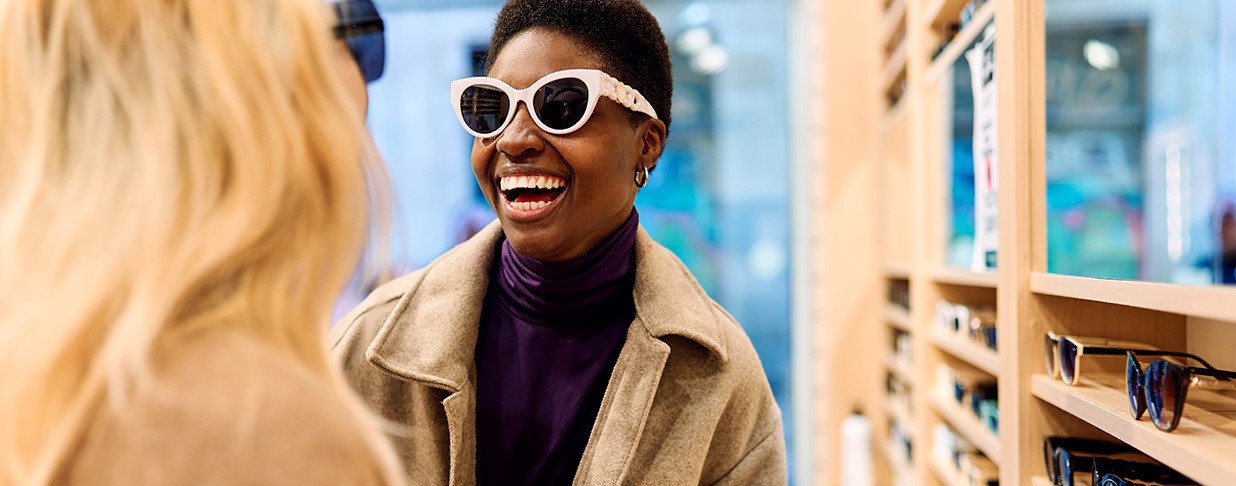It might be time to sit down with employees and have “the talk.” And this time, consider letting the conversation get a little blue.
Blue light is emitted from digital screens, the sun’s rays and other sources. Though some blue light is needed to elevate our moods and regulate our circadian rhythms, some have associated overexposure to blue light with sleep and other health issues.1
The science on blue light is still developing, but some studies suggest it may be worthwhile to reduce exposure to blue light.
Fortunately, there are lens technologies that can help filter blue light. Even if employees don't need corrective lenses, they may want to wear glasses with plano lenses with a blue light coating to use when working on the computer or reading on a tablet.
The prevalence of blue light
You can’t see it, but blue light is everywhere.
The average person spends 7.4 hours a day looking at digital devices, which emit blue light. Kids from the ages of 8 to 18 spend more than 7 hours a day absorbing electronic media, according to the Kaiser Family Foundation.
In addition to digital devices and the sun, blue light may emit from fluorescent and LED lighting and flat-screen televisions. This means every time you flip on an indoor switch, check a text message, read a news story on your laptop or play a game on your tablet, you’re upping your eyes’ exposure.
Options to help reduce blue light exposure
While our eyes' natural filters do not provide blue light filtration, there are 2 things that may help:
- Advanced filtering technology can be built directly into the lens material during lens manufacturing
- Filtering coatings can be applied to the lens after manufacturing
No matter which solution a provider recommends, EyeMed members can select from a range of blue light lens solutions to meet varying needs – with options for as little as $15. For example, LensCrafters’ BLUE IQ™2 and BLUE IQ™ CLEAR3 lenses incorporate blue light filtration directly into the lens material.
Members should consult with their eye doctor for the lenses that are best for them. Related options to discuss include finishes (such as anti-reflective) and materials (such as polycarbonate).
Help employees learn the blue light basics
Before visiting the eye doctor for that important annual eye exam, employers can help members learn about these blue light essentials and lens options. Simply share these story links from Eye Site On Wellness, EyeMed’s award-winning consumer eye health information site:
- Stave off the blues: Specially designed lenses can filter blue light
- Blues clues: Detecting the effects of blue light on kids’ vision
For more information about blue light, contact your EyeMed account manager.
1 Blue light has a dark side: Published: May, 2012, Updated: August 13, 2018. https://www.health.harvard.edu/staying-healthy/blue-light-has-a-dark-side
2 *Blue IQ™ lenses selectively filter at least 50% of Blue Light.
**Blue-turquoise light, between 460-550 nm on the light spectrum, is reported to suppress melatonin and disrupt the sleep cycle.
3 *Blue IQ™ Clear lenses selectively filter at least 20% of Blue Light.
** Blue Light is the blue-violet wavelengths between 415-455 nm on the light spectrum believed most toxic to retinal cells.
This article is in partnership with LensCrafters.
BL-1903-C-221




